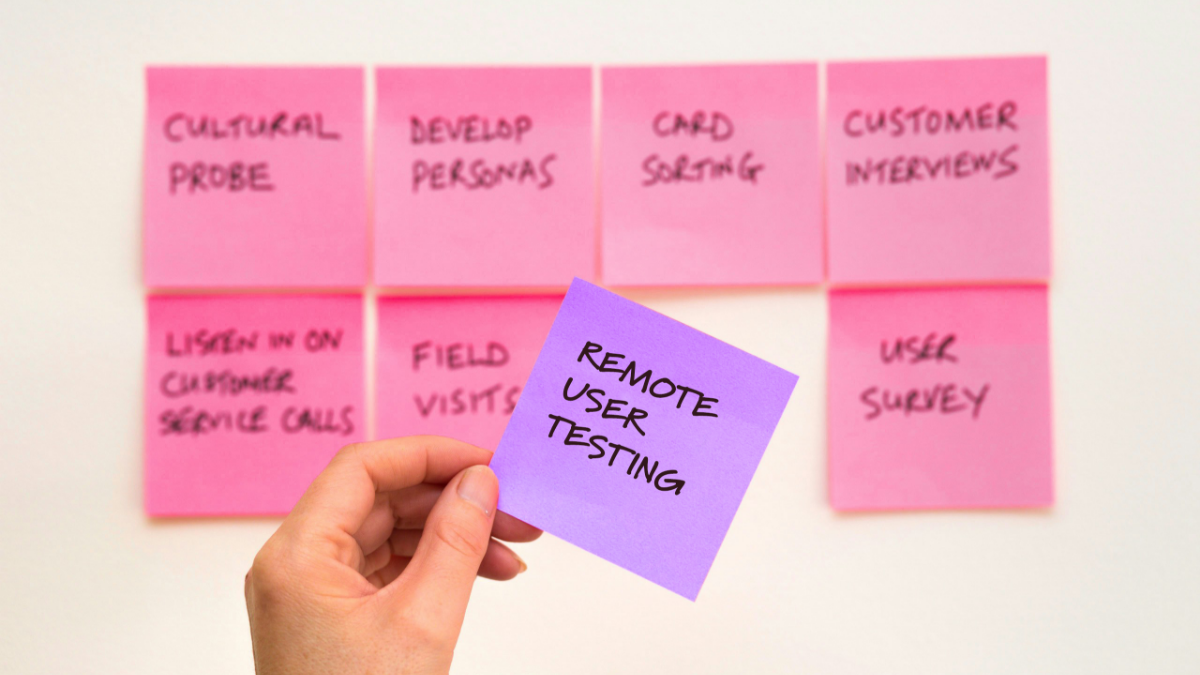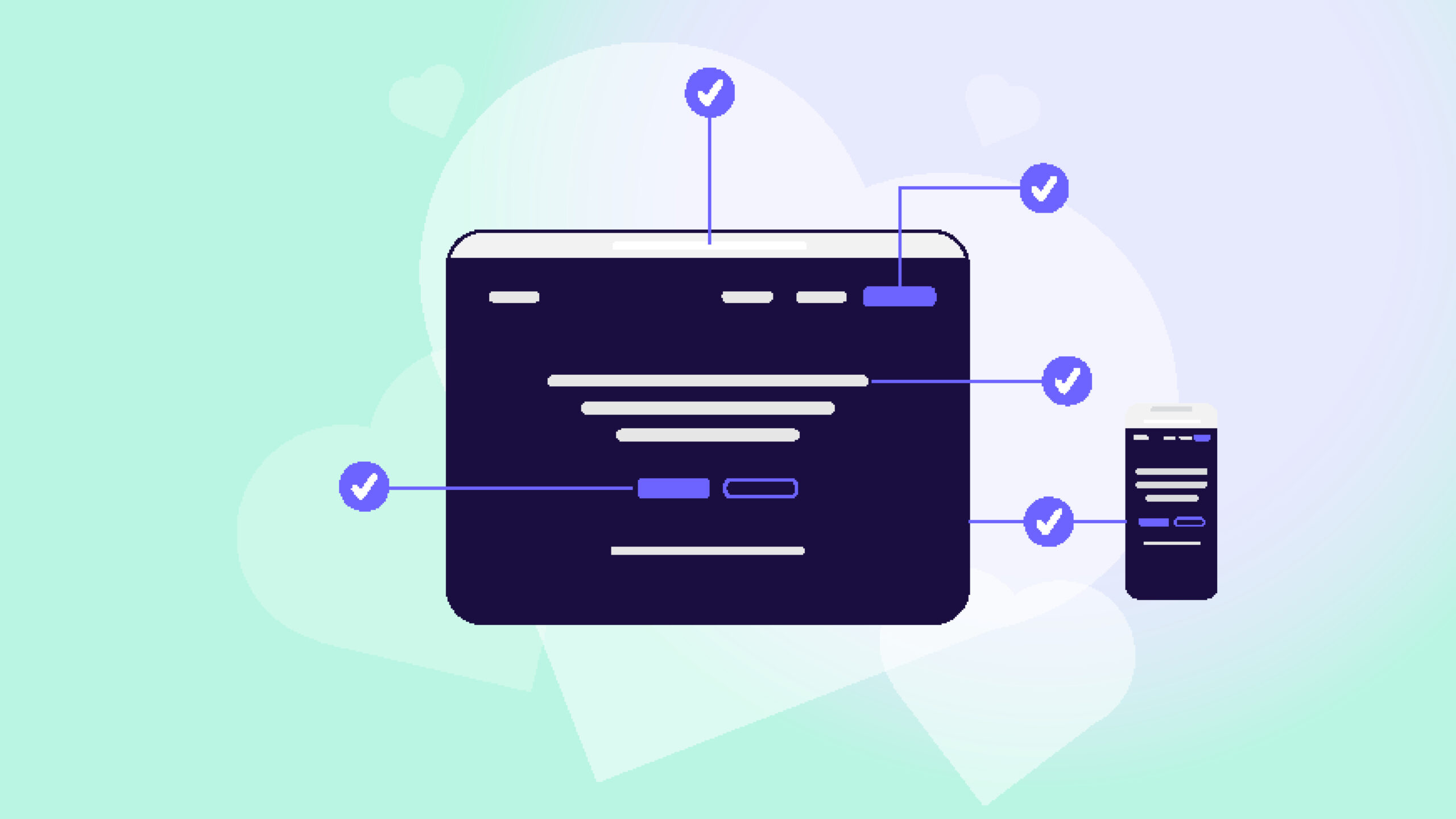Are you tired of spending months, or even years developing a comprehensive website or product only to find it doesn’t meet market demands?
Traditional web development methods focus on creating a fully polished website or digital product and then launching it, with feedback and potential issues emerging over time. While this approach is thorough and effective for certain projects, it can involve a much longer development cycle. In contrast, an MVP (Minimum Viable Product) is all about delivering core functionality, trimming off ‘the fat’, (i.e. unnecessary extras), to allow you to launch sooner and validate your business or product idea. So, instead of investing months or even years in developing a fully-featured site, you release a basic version to gauge interest and gather feedback.
Reasons Companies are Increasingly Interested in the MVP Approach
1. Accelerated Development and Time-to-Market
One of the most compelling reasons to build an MVP website is the speed of development. On larger projects, traditional web development processes can be lengthy and more costly, sometimes dragging out for months or in some cases years. With an MVP, you can significantly cut down on this timeline. By focusing on core features and launching a simpler version of your website or digital product, you can get your product to market faster. This rapid deployment allows you to start interacting with real users sooner, which will help you find gaps or issues with your website or idea much earlier in the process.
2. Cost Efficiency and Resource Optimisation
An MVP approach mitigates the risk of over investment by allowing you to build only the essential elements needed to test your concept. This not only saves money but also prevents you from investing heavily in features that might not be necessary. By releasing a lean version of your website or product, you can use actual user feedback to guide further development, ensuring that every dollar spent is directly contributing to features that users actually want and need.
3. Easier Pivoting and Iteration
One of the biggest benefits of an MVP website is its flexibility. In traditional development, a website specification and fee are agreed upon and designers and developers get to work on making that happen. This makes it difficult to pivot or make changes when new ideas or opportunities arise mid project, because your site is already being developed based on a set list of requirements within a set budget. With an MVP, you embrace an agile web development mindset that welcomes change, and you haven’t wasted months going down a rabbit hole on certain features only to find that users don’t care about them and they are ultimately discarded.
4. Enhanced Validation and User Feedback
An MVP website allows you to test your business idea with actual users and gather valuable feedback. Real-world data is always more reliable than theoretical models or assumptions. By observing how users interact with your site, you can gain insights into what works, what doesn’t, and what needs improvement. This feedback loop is essential for making informed decisions about the future direction of your product or website and ensures that you are meeting the needs of your target audience.
5. Increased Investor Appeal
For start-ups and entrepreneurs seeking funding, presenting an MVP can be a powerful tool. Investors are often more willing to support a project that has a working prototype, even if it’s in its early stages. An MVP demonstrates that you have a viable product and a clear plan for iterating based on user feedback. This tangible evidence of progress can make your pitch more compelling and increase your chances of securing the necessary funding.
The Downsides of an MVP Website
1. Not Practical for All Projects
While the MVP approach offers numerous benefits, it is not without its challenges and it may not suit every web project. Smaller, straight-forward information-only websites that are primarily intended to establish a web presence probably won’t require iterative testing or feature validation associated with developing an MVP.
2. First Impressions Matter
Another potential downside of an MVP website is the risk of making a poor first impression. If your MVP is too rudimentary or lacks polish, it could damage your brand’s reputation and deter potential users. It’s important to balance time-to-market and cost savings with a commitment to delivering a product that meets a basic standard of quality. A well-executed MVP can still make a positive impact and generate valuable feedback without being perfect.
Best Practices for Building an MVP Website
To maximise the effectiveness of your MVP website, consider the following:
1. Define Clear Goals
Start by outlining specific objectives for your MVP website. Determine what you want to achieve with this initial launch, whether it’s validating a business idea, testing user engagement, or gathering feedback on a particular feature. Clear goals will guide your development process and ensure that your MVP delivers the essential functionality needed to meet these objectives.
2. Focus on Core Features
Prioritise features that align with your core goals and provide the most value to users. Avoid the temptation to add unnecessary elements that could complicate the development process and dilute the focus of your MVP. By concentrating on what matters most, you can create a more streamlined and effective product and speed up development.
3. Set Up Data Collection Channels
Implement tools and methods to collect both qualitative and quantitative feedback from users. This data is needed for understanding user behaviour, preferences, and pain points. Use analytics tools, surveys, and user testing to gather insights and make informed decisions about future iterations of your website.
4. Embrace Iteration
Be prepared to make changes based on user feedback and data. The MVP approach is inherently iterative, so view each version of your website as a learning opportunity. Embrace feature failures as valuable learning experiences and use them to inform your next steps. Continuously refine and improve your product to better meet user needs and enhance its overall effectiveness. The goal is to learn quickly and adjust your approach based on real-world data.
Conclusion
The MVP strategy provides an opportunity to get your idea or product to market quickly and cost-effectively. By focusing on core functionalities, gathering real user feedback, and iterating based on insights, you can avoid wasting time and spending money on unnecessary features, bringing your product to market with greater confidence.
Think an MVP approach might be right for you?
Greenhat can help you create an MVP website, in record time, with mitigated risk. Whether it’s a new website or software product, or improvements you want to trial on an existing project, we have you covered. Consider partnering with us and dive deeper into cohesive strategies that align with your goals.







